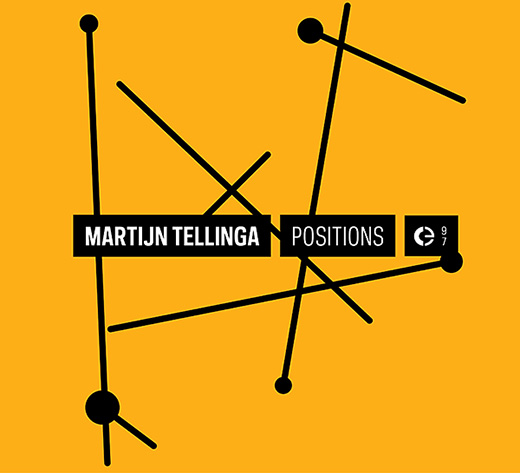
Futurónica 146
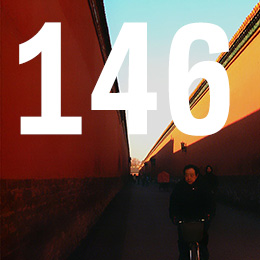
Episode 146 of Futurónica, a broadcast in Rádio Manobras (91.5 MHz in Porto, 18h30) and Rádio Zero (21h GMT, repeating on Tuesday at 01h) airs tomorrow, August 7th.
The playlist of Futurónica 146 is:
- Boca Raton, Further (2005, Enzo/Further, Spekk)
- Boca Raton, Circles ‘4 to ‘8 (2005, Product 5, Crónica)
- Boca Raton, Enzo (2005, Enzo/Further, Spekk)
You can follow Rádio Zero’s broadcasts at radiozero.pt/ouvir and Rádio Manobras at radiomanobras.pt.
“Lanificio Leo†reviewed by Rumore
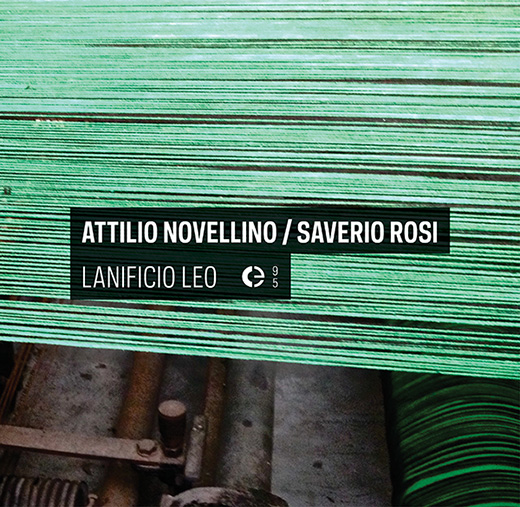
Vitale e ingegnoso, il disco parla la lingua ritmica delle macchine. Novellino e Rosi ne ascoltano e registrano la voce, dediti a magnificare i suoni prodotti in questo antico stabilimento tessile nei presso di Catanzaro. Trattasi di field recordings: puri e semplici nella prima parte (testimonianza audiofila e timbrica da manuale), re-inventati in chiusura. Magnifico e intelligente, il tutto. Daniele Ferriero
“Ma·Org Pa·Git†reviewed by Neural

There aren’t many cases in which a musical instrument is imbued with the characteristics of architecture and environment in addition to sound production. The organ is essentially a tool of location and has a special connection to liturgical music. It was described as the king of musical instruments by Pope Benedict XVI at the unveiling of the new organ at the Alte Kapelle in Regensburg in 2006. Alexander Rishaug, has developed two long-form pieces for the particular acoustics and mechanics of the organ at the Norwegian Seamen’s Church in Rotterdam — compositions that vibrate with hiss, overtones and feedback from an old tube amp and electric guitar. A comfortable and stylistically consistent release for the Norwegian experimenter, especially int he articulation of its hypnotic and haunting structures. Aurelio Cianciotta
Futurónica 145
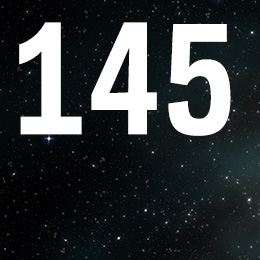
Episode 145 of Futurónica, a broadcast in Rádio Manobras (91.5 MHz in Porto, 18h30) and Rádio Zero (21h GMT, repeating on Tuesday at 01h) airs tomorrow, July 24th.
The playlist of Futurónica 145 is:
- André Gonçalves, Música Eterna (2015, Música Eterna)
You can follow Rádio Zero’s broadcasts at radiozero.pt/ouvir and Rádio Manobras at radiomanobras.pt.
“Unfurling Streams†reviewed by Chain DLK
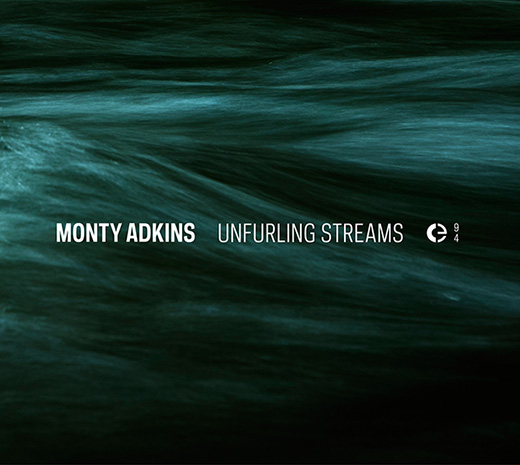
“For whatever we lose (like a you or a me) /its always ourselves we find in the sea”. These well-known lines that close E.E.Cummings’s poem “maggy an milly and molly and may” already inspired many artists with a love for one of the most beautiful nature’s contribution to our planet that the American poet described as “marvelous from god’s/hands which sent her forth/to sleep upon the world” in another famous poem. Professor Monty Adkins seems to join this crew by this placid release, whose title “Unfurling Streams” describe both the sonorities you’re going to listen and its concept: the entrancing frequencies that Monty unstringed from instruments by a wise sound processing, the undertow of reversed recording of some of them, the bubbling percussions he made together with Jonny Axelsson that got inserted in the textures of the six untitled streams as well as some organic entities that resurfaces from the depths of these streams render both the cleansing effect of the vision onthe edge of the sea and the matching between underwater and marine streams and inner flows, where doldrums and storms, quiet and disquieting moments, coming up and sedations of memories flip between the streaming of slipped sounds, where streams, according to the words which introduce the release, reflect “life – something continually flowing, evolving, and changing. Eddies, currents, pools and spray also are suggestive of ways in which the stream makes its way through the landscape and are clearly reflected in the images and sounds created for this project”. Some moments of the album are so peaceful that unattentive listeners cannot catch some hidden trasures, as there are just some moments (the fifth and the third streams) where music imposes itself to listener’s attention. The limited edition box set included a set of images by Stephen Harvey, whose connection with Monty Adkins’ release got explained as follows: “In Unfurling Streams I have created a set of images that respond to the concept and essence of the music. The openness of this approach, and a deep mutual appreciation of each others’ work, allowed me the latitude to develop a unique creative situation where internal, fragmented visual concepts and external situations or circumstances converged. The images produced for this project would not have been made without that influence… to investigate detail and particularity and make it the essence of the work.”. Vito Camarretta
via Chain DLK
Futurónica 144
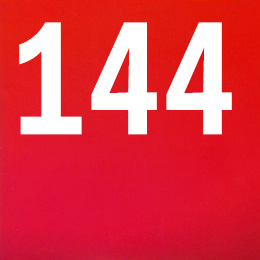
Episode 144 of Futurónica, a broadcast in Rádio Manobras (91.5 MHz in Porto, 18h30) and Rádio Zero (21h GMT, repeating on Tuesday at 01h) airs tomorrow, July 10th.
The playlist of Futurónica 143 is:
- Stephan Mathieu, Remain (2011, Remain, Line)
You can follow Rádio Zero’s broadcasts at radiozero.pt/ouvir and Rádio Manobras at radiomanobras.pt.
Forgotten Spaces, in Freiburg
Forgotten Spaces, an interdisciplinary festival of microtonal music, visual and sound art F58, temporäre Räume der Kulturliste Freiburg Friedrichstraße 58, 79098 Freiburg. July 4.
Ephraim Wegner will be presenting 8a1b11c4d11e2f2g4i2l3m11n13o5r7s10t1u2z, a sound installation for 8 Speakers.
Glass production involves a range of raw materials combined in a very specific method at high temperatures. The melted material – it has to be worked on quickly – achieves its desired physical condition by being cooled abruptly. The original material attains perfection by being newly formed.
Furnaces, tools and machines generate a multiplicity of sounds, which are not perceived as separate sound sensations on site.
Sound recording as technical achievement makes it possible to detach sounds from their original surroundings, where they are no more than background noise, biographical nostalgia and sometimes even nuisance factors. Like the finished glassware they leave their place of origin and reformed in a new time and molecular structure they gain new quality and relevance. In everyday life we are not aware of the potential sounds and energy embedded in glass, but they are in the centre of this compositional work.
The installation uses several recordings of the artist. These soundscapes were made within the framework of the artistic residence project LOUD LISTENING Through The Sound of Murano Glass. They were recorded in various glass manufactories on the island of Murano located north east of old town Venice in 2014.
By using the collected sound material a sound map was created. Together with a twenty-minute-long video documentation it is available on in Vimeo.
In 2015 Crónica will publish a release where several musicians were invited to re-interpret the collected recordings.
“Hidden Name†reviewed by Octopus
Grand témoin des passerelles entre la création contemporaine, la musique et le multimédia nées de la révolution numérique, le label Crónica fait son état de l’art. Avec Hidden Name, l’étonnant label-media, comme il aime à se définir, nous livre une de ses cartes blanches proche de la perfection, tant la magie de Stephan Mathieu et Janek Schaefer est opérante.
Faire les choses simplement, livrer le réel en le dévoilant dans ses aspects les plus intimes : l’approche choisie par les deux musiciens que pourtant tout oppose dans la manipulation sonore, est une merveille de calme, de beauté et de volupté pastorale. L’épaisseur et la richesse de la matière sonore est composée de prises de son dans le manoir d’un petit village du sud de l’Angleterre, et de savantes incursions dans le catalogue sonore du York Music Research Center. S’ajoutent interférences radiophoniques, drones, field recordings, mélodies dissimulées, modulations sonores de fins de fréquences et autres bizarreries des ondes arrangées avec des plages d’instruments plus traditionnels (piano, clarinette, violoncelle, flûte, trompette, accordéon, sitar, cloches), qui contribuent à des effets d’orchestration d’une grande délicatesse. Quelques jeux d’enfants et bruissements de pas retentissent également au fur et à mesure que l’air s’engouffre par les fenêtres grandes ouvertes du manoir, la présence de la nature au cÅ“ur de l’intimité de la vie des Hommes est chaleureuse, bienveillante. On est bien. L’étendue de Hidden Name dépasse largement les limites de l’enregistrement qui finit perdu dans une discothèque de connaisseur. Il n’y a qu’à fermer les yeux et laisser lentement s’écouler le temps pour en prendre conscience.
Philippe Gimet
